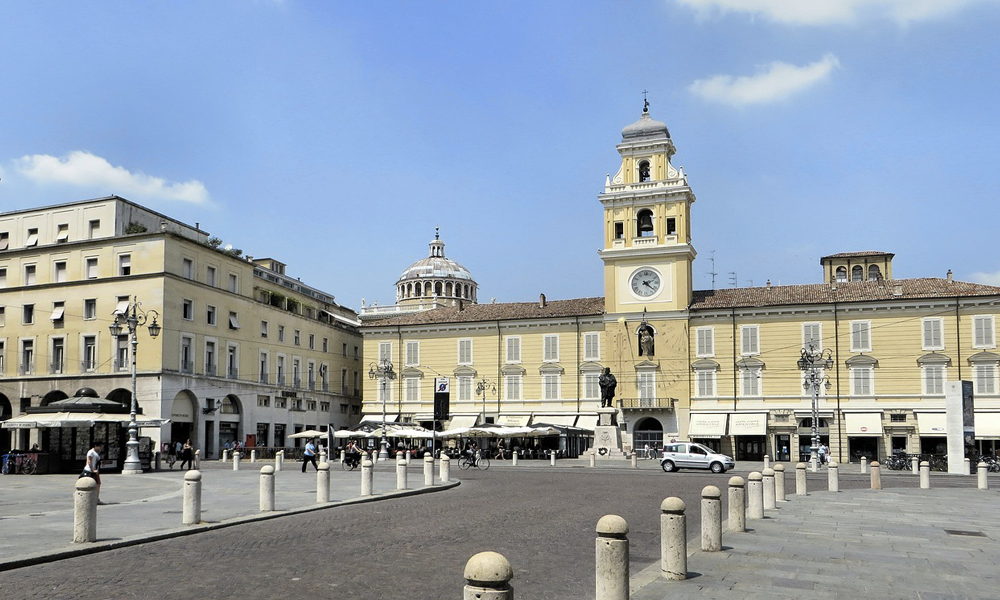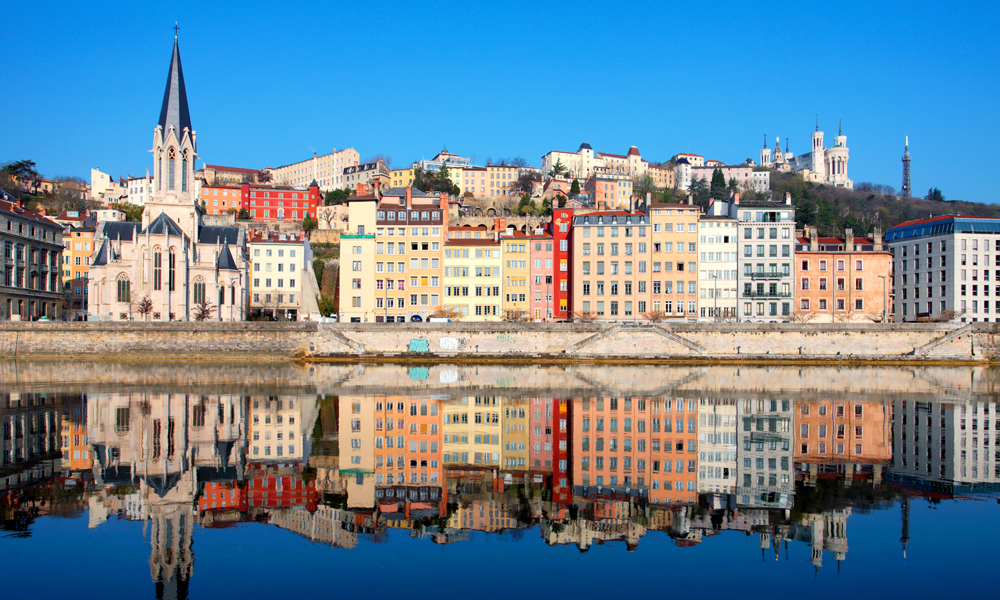Author: Alan MacKenzie
The difficulties of building a broad and active civic network are not hard to imagine – competing interests, clashing personalities, and conflicting visions are just a few that might come to mind.
And engaging them in local climate action is arguably another level altogether.
But many cities in the EU Cities Mission are embracing the challenge, recognising that a wide range of actors improves not only the legitimacy of any climate plan but its effectiveness too. After all, who holds more expertise on peoples’ abilities and needs than those people themselves?
Four cities – Parma, Lyon, Guimarães, and Bristol – boast early successes and were invited by NetZeroCities to a webinar to share their experiences, insight, and best practice with other cities looking to do the same.
Their practices vary, just like the backgrounds of each city, but the common thread seems plain: they sincerely asked people to join in and gave them the means to do so.

Inviting Parma
“We want to become a green city,” says Cristina Pellegrini, the local manager of Parma’s activity in the EU Cities Mission, “but of course we cannot do it alone.”
After some research, the barriers to this for Parma became obvious and included a possible lack of widespread ownership of the issues among its citizens, no active participation, and the impression that solutions were implemented from the top.
Parma’s climate needs are also unambiguous. Located in Italy’s northern Emilia-Romagna region, it faces a particular challenge to deliver the benefits of a green city – the region is among the worst in Europe for air pollution.
Yet, in a recent Italian poll, Parma was ranked as the country’s fifth-most desirable city to study and work in, and it’s no accident. The city’s work is guided by an explicit target to be more appealing, innovative, inclusive, and sustainable, and these four elements help drive its climate activities through a local-led initiative, Parma Climate Neutral 2030, and shape the vision of its future with its citizens.
“We are working a lot on inclusivity [and] we are working nowadays a lot with the youth and we have just introduced – as the first city in Europe, I think – a youth check on the policies of the administration,” says Pellegrini, which will include consideration of its Climate City Contract, submitted in September 2023.
The principle of inclusivity also covered engagement with stakeholders in the CCC drafting process itself. Over 50 stakeholders, including from industry, academia, and the non-governmental sector, fed into the draft, resulting in 130 planned actions to be taken across six different sources of emissions.
“We wanted to have committed stakeholders and we didn’t want this process to be seen by them as being monopolized by the municipality. We wanted to have a real co-created and co-managed process,” says Pellegrini.
Citizens and stakeholders in Guimarães make a pact
In northern Portugal, fellow Mission City Guimarães has also made great efforts to engage and mobilise its citizens and stakeholders, including through the launch of its Guimarães 2030 website, inviting everyone to participate in the green transition – work that is, after all, about their city and their future.
The model that visualises how these constituent parts work together puts “citizens in the centre,” says Francisco Carvalho, one of the members of Guimarães’s climate-transition team. Into this core, the model feeds an integrated climate policy, supported by political consensus, while local research institutions like the ‘Landscape Laboratory’ engage citizens by providing education and communication – not only to support climate action but, critically, encourage behavioural change too.
The value and necessity of this work could seem obvious: democracy is at work when citizens meaningfully participate, adding legitimacy to decisions taken on their behalf, creating a virtuous loop that reinforces and supports more civic engagement still.
But the benefit to the city’s climate goals is also far more calculable.
City emissions – that is, the emissions produced by the activities of the authority itself – are only a small part of the total emissions within the city’s geographical area. And this is true too in Guimarães, where it is only a few percent of the total.

Therefore, without the inclusion of citizens and stakeholders responsible for the remaining 97% or 98% of emissions, climate neutrality becomes a distant hope.
An effective method for Guimarães to engage private businesses, associations, and institutions, like universities, has been its ‘Climate Pact’, which it encourages partners to sign and thereby share and take their own responsibility for the city’s climate goals.
So far, more than 100 private companies have signed the pact, which commits them to, among other things, adopting decarbonisation strategies, collaborating with other stakeholders, and reporting progress towards climate goals.

Lyon roars via citizens’ assembly
Lyon, France’s third-biggest city, has had a climate strategy for many years, but it lacked a framework for cooperating with potential partners, as well as transparency for citizens on the implementation and progress of the city’s climate activities, of which there were many.
Following the election of a new mayor in 2020, a fresh impetus was given to the climate strategy and the ongoing climate activities were consolidated, but meetings to assess the needs of citizens didn’t lead to satisfactory answers.
The solution was a civic assembly, or ‘Agora’, to establish a shared vision and agree on actions to achieve it. In 2023, 64 members, representing citizens, private companies, and the university sector, deliberated over five days and identified 16 commitments and 29 proposed actions for public authorities related to a chosen priority – sobriété.
This could be directly translated as ‘frugality’, but in essence means being mindful of one’s resources and avoiding waste. In terms of climate actions, this could relate to increasing energy efficiency in buildings, for example, or reducing energy usage.
Crucially, the Agora improved connections between the citizens and stakeholders and the public sector, and the assembly’s work has been formalised with the ‘Lyon 2030 Cooperation and Commitment Agreement’, which has been integrated with the city’s Climate City Contract.
And while this synergy between the city and its citizens and stakeholders is expected to grow, says Lucia Magnaud, the project manager on Lyon’s ecological transition team, and the city helped set up and facilitate the Agora, it doesn’t dictate outcomes: “It was very much their words, their work,” she says.
And aside from the climate-neutral journey, keeping the assembly alive will be a challenge in itself, but one Magnaud says will owe as much to the process of building trust and sharing an adventure as to the results: “The dynamic is mainly human. Make people meet and you can have a new project.”

A just Bristol
“Start where citizens are at,” recommends Mark Leach, a project manager on Bristol’s climate team, to engage with the public on climate action. The city has had notable success doing so, including via the arts and opportunities for creativity through workshops.
A key to this success is partnerships, particularly the Climate & Nature Partnership, who co-produce or lead on many projects, including the Community Climate Action programme.
There is even interest regionally and nationally to replicate the city’s models and approaches for reaching marginalised communities, not to deliver ‘messaging’, but to have two-way conversations and assist them to meet self-identified needs.
Climate action “can be at odds with just transition” when these communities are excluded from decision making that affects them, says Leach.
Ensuring that the greatest burdens of climate action do not fall on the most deprived or marginalised communities, and instead are spread fairly, is therefore a critical element of the city’s agenda.
For Bristol, exclusion or marginalisation from the process of climate action itself is treated as the problem to solve, having found that encouraging inclusion is delivering better outcomes for communities, as well as reduced emissions.
So far, 18 community organisations, each representing 5,000 to 10,000 people, have published or are producing ‘climate action plans’ for their geographic – or, in five instances, demographic – community, which altogether will cover around one-third of the city’s population.
‘Best practice’, or best principle?
With each city facing unique problems, as well as having distinct strengths and resources, there is no one-size-fits-all approach when it comes to citizen and stakeholder engagement.
Critically, applying even the best-intentioned programme would contradict the common lessons from the actions and successes of Parma, Lyon, Guimarães, and Bristol, who have ignored illusions that a city authority alone can legitimately and effectively create and implement a climate plan. Instead, they have facilitated genuinely citizen- and stakeholder-led dialogue and action and built trust through large formal meetings and ongoing bilateral contact.
The cities’ engagement methods have ultimately meant letting go of and distributing power – and their plans could be all the more powerful for that.





